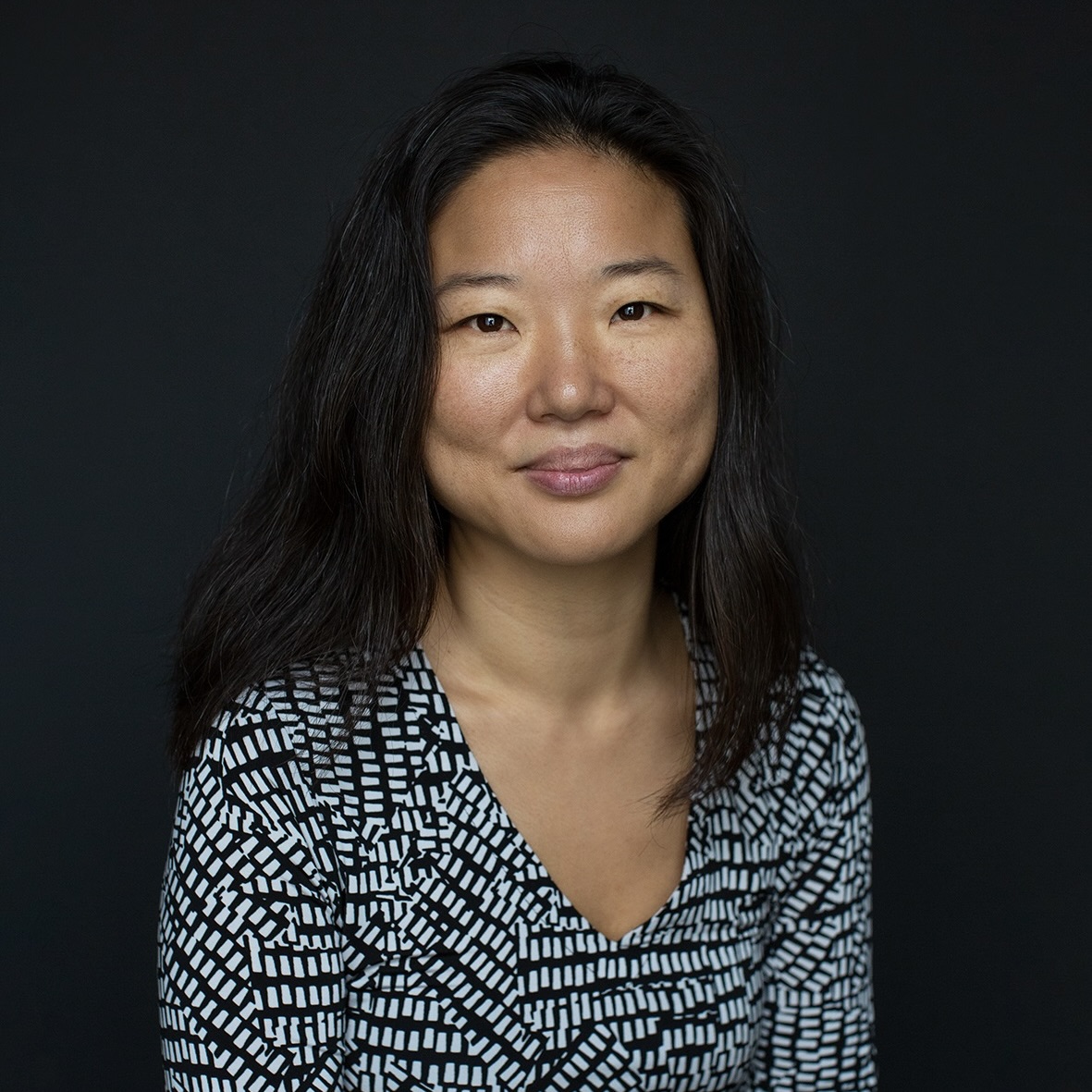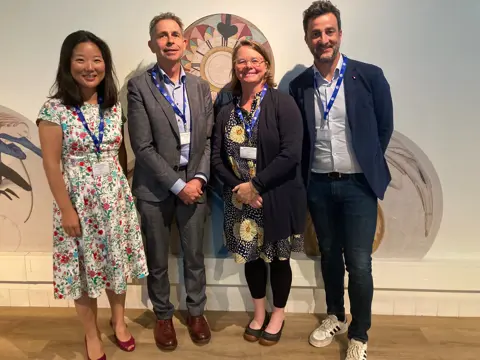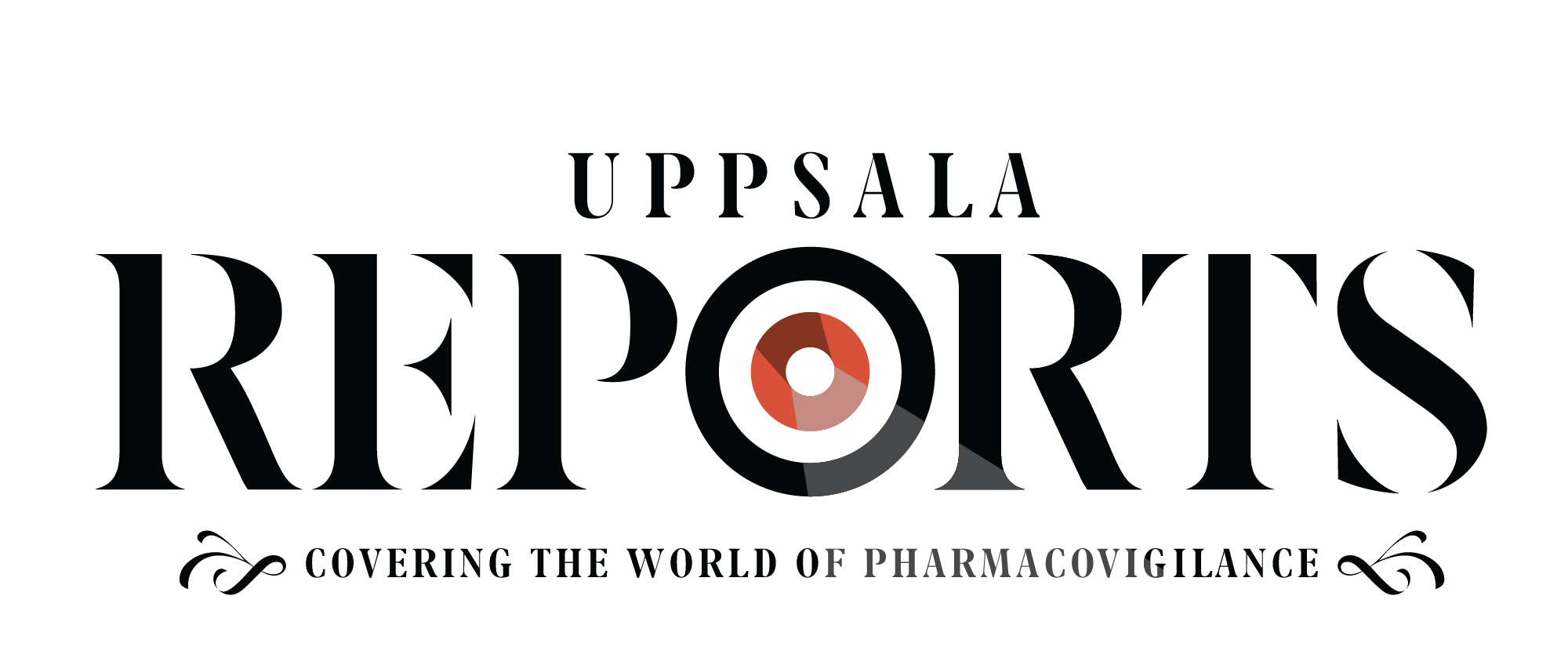
On 1-2 June 2023, the International Society of Pharmacovigilance (ISoP) mid-year symposium was held in Leiden in collaboration with the Netherlands Pharmacovigilance Centre Lareb. More than 100 pharmacovigilantes from all around the world gathered at the Boerhaave medical museum to learn more about pharmacovigilance and to meet and exchange information, ideas, and experiences.
Considering the global immunisation effort in response to the COVID-19 pandemic, the presence of efficient and reliable pharmacovigilance systems was proven to be of utmost importance. We must use this momentum to explore how we can develop pharmacovigilance further. Pharmacovigilance, defined as the science and activities relating to the detection, assessment, understanding, and prevention of adverse effects or any other medicine-related problem, uses both pharmacoepidemiology as well a clinical pharmacology in its science and activities. Whether we rely on data from spontaneous reporting systems, observational data, or medical files, a clear understanding of the clinical context and its implications from the perspective of patients and healthcare professionals form the basis of the detection of safety signals. For this reason, this year’s ISoP meeting focused on the synergy between pharmacovigilance, pharmacoepidemiology and clinical pharmacology.
In the opening session Gerard Rongen, president-elect of the European Association of Clinical Pharmacologists (EACPT) talked about how he translates and communicates pharmacovigilance data to his patients and the challenges he experiences. Tobias Gerhard, president of the International Society of Pharmacoepidemiology, talked about the contribution of pharmacoepidemiological methods to drug safety, especially in terms of large population-based databases, sophisticated study designs, and analytical methods. He also highlighted the complementarity of pharmacovigilance and pharmacoepidemiological methods. Daniel Morales, from the Data Analytics and Methods Task Force at the EMA, spoke about real-world evidence and the need for its triangulation using the COVID-19 vaccines as examples. Further topics related to signal detection were discussed, including the quality and utility of clinical information from various data sources, causality assessment, the use of new data sources and methods to detect safety signals.

On the second day, talks focused on the best ways of implementing safety information in clinical practice to reduce harm. There were sessions on the role of patients in pharmacovigilance, and how the pharmacovigilance community may better serve the needs of stakeholders such as journalists and healthcare professionals. During the symposium, abstract speakers were given the opportunity to share the results of their latest studies.
This year’s meeting also saw the launch of the ISoP European chapter by Marco Tuccori. The chapter aims to enhance connection and collaboration between all European pharmacovigilance stakeholders in ISoP through activities that include scientific debate, continuing education in pharmacovigilance, and the creation of research networks in pharmacovigilance.
For me, the most important takeaway from the symposium was that information generated through the pharmacovigilance community should also be actionable in the clinical context. Toine Egberts, a professor at Utrecht University emphasized this in his presentation during the closing session where he said that pharmacovigilance must focus more on knowledge translation and implementation in clinical practice.
Read more:
ISoP European chapter offers new opportunities for connection amongst members, Uppsala Reports
The Netherlands pharmacovigilance centre Lareb LinkedIn page




